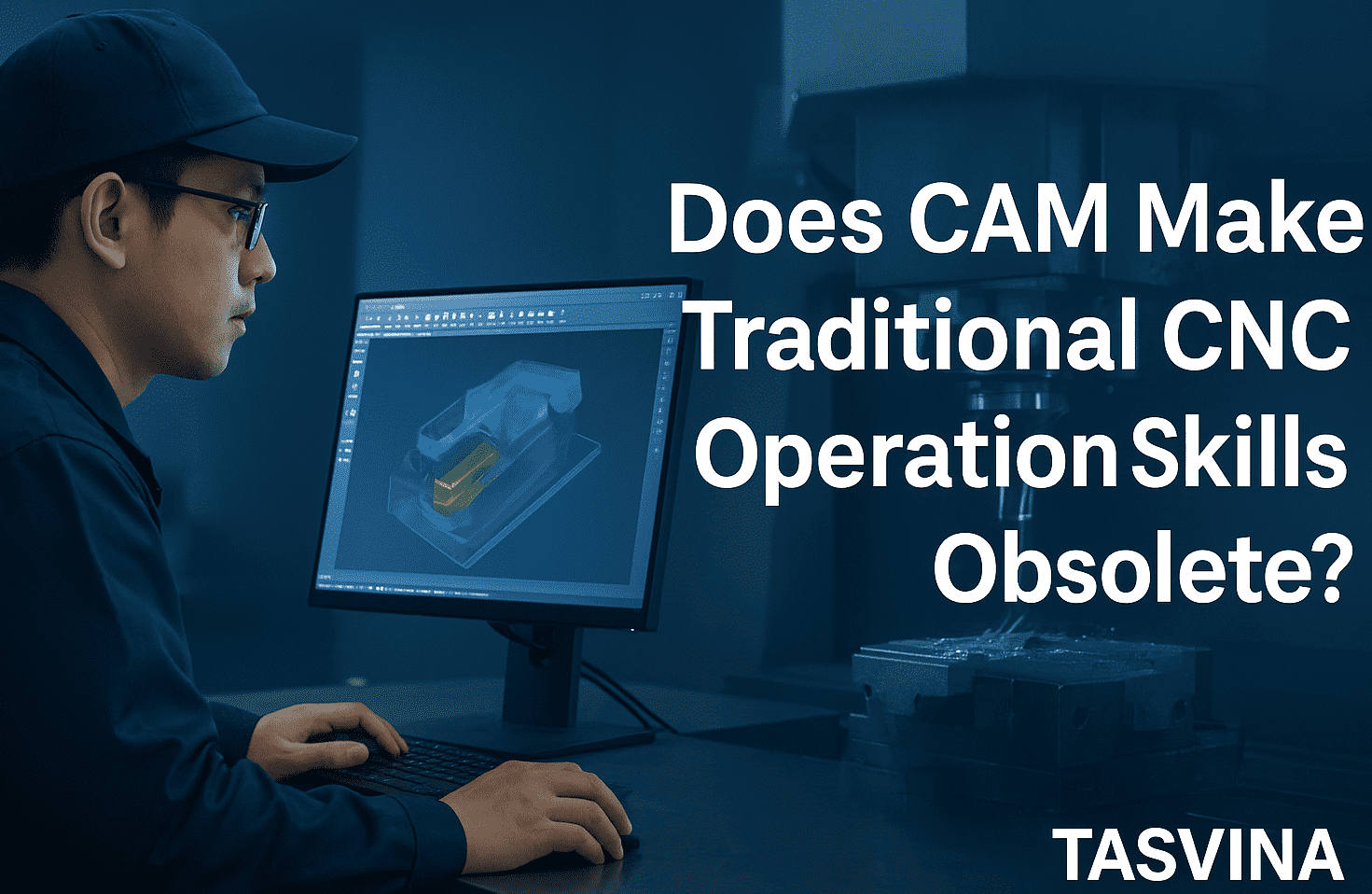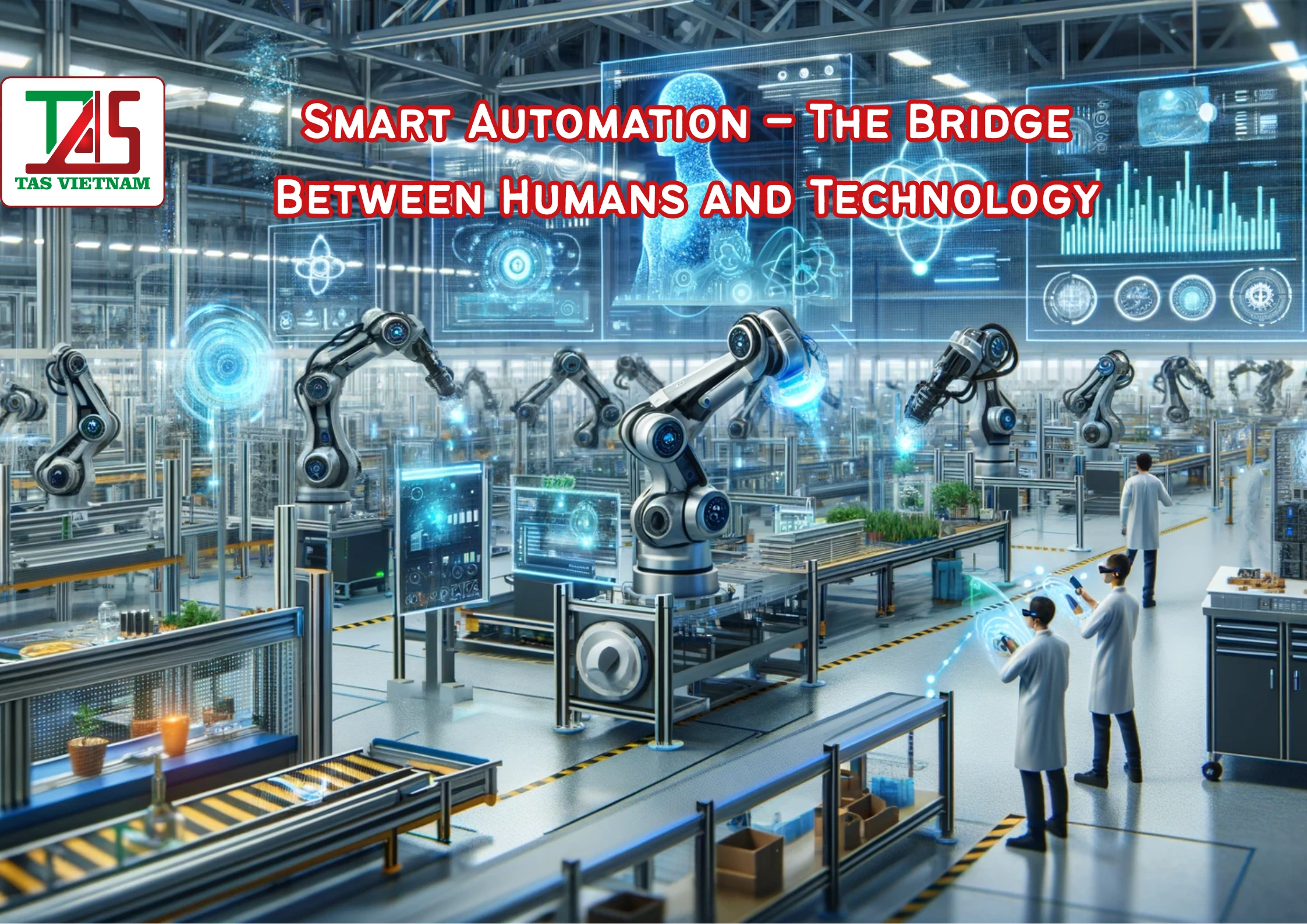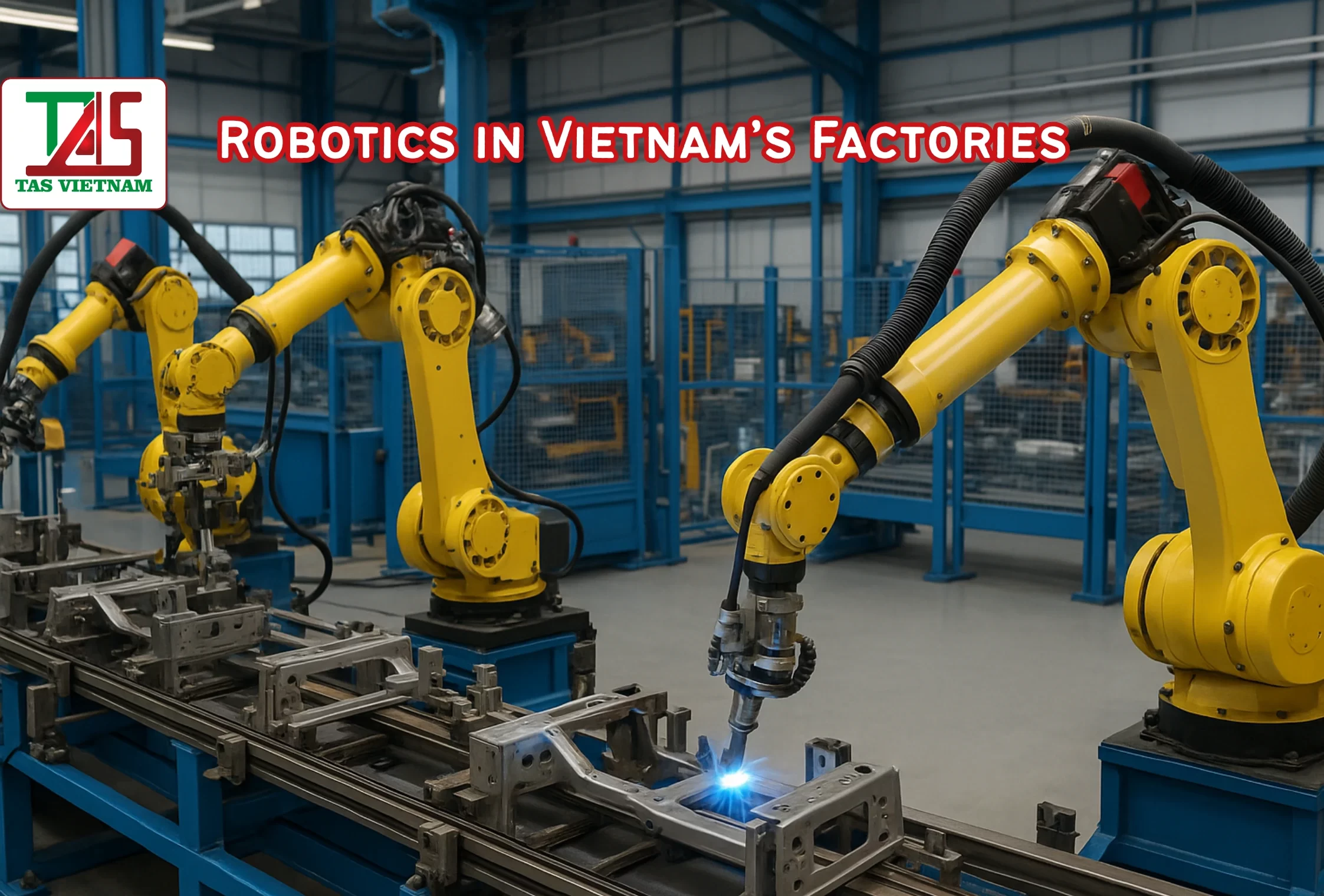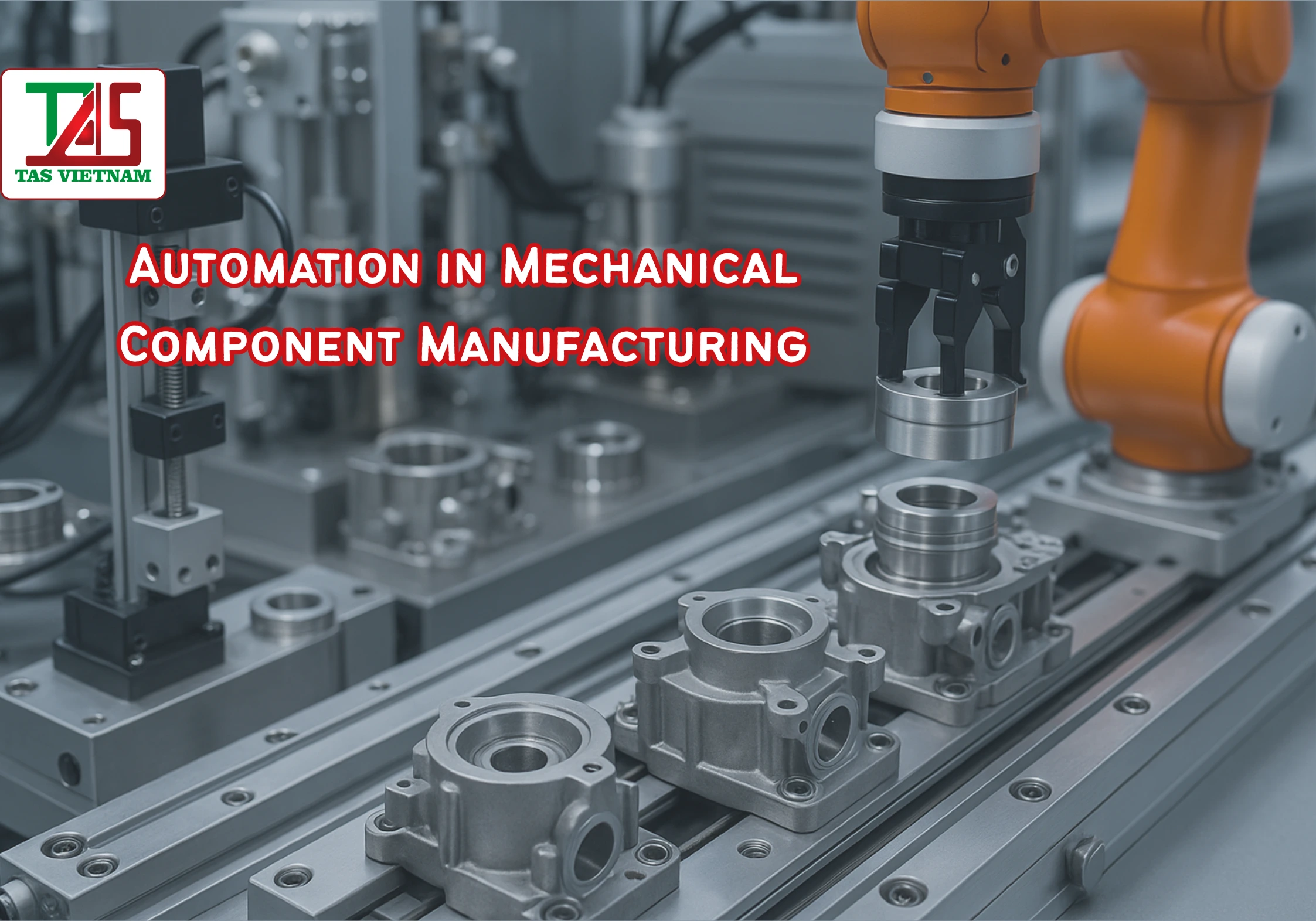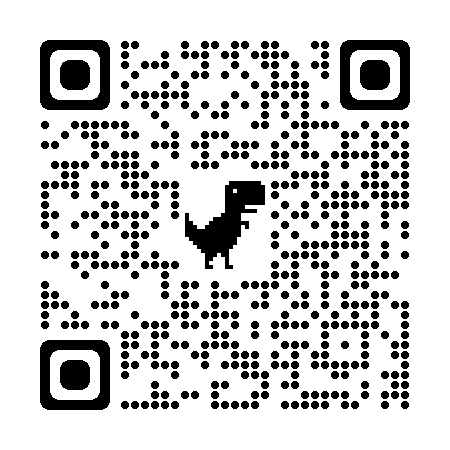In the age of smart manufacturing, Computer-Aided Manufacturing (CAM) has become a crucial technology in precision machining. However, as CAM systems become more powerful and automated, a question naturally arises:
Does CAM make traditional CNC operation skills obsolete?
Let’s explore this topic with TASVINA to understand how CAM and CNC operation skills complement rather than replace each other in modern manufacturing.
1. What is CAM and Why Is It Becoming an Industry Standard?
CAM (Computer-Aided Manufacturing) refers to the use of software to automate and control machine tools—particularly CNC machines. CAM allows engineers to import 3D models from CAD software, automatically generate toolpaths, and optimize machining time while minimizing human error.
With powerful platforms such as Mastercam, Siemens NX, SolidCAM, and Fusion 360, engineers can produce precise CNC programs in just a few steps.
By integrating CAM into the production process, companies can achieve faster, more accurate, and more consistent results, significantly reducing labor costs and increasing productivity.
2. If CAM Is So Advanced, Do CNC Operation Skills Still Matter?
Some people believe that CAM automation has made manual CNC programming and operation skills unnecessary. However, this is far from the truth.
CNC operation remains the foundation of modern machining. CAM is simply a tool; the effectiveness of that tool depends on the skill and understanding of the operator. A qualified CNC technician must still master:
- Machine fundamentals: setup, coordinate systems (G54–G59), tool changes, and offsets.
- Cutting knowledge: spindle speed, feed rate, cutting depth, and tool selection—all critical factors CAM software cannot fully optimize without human insight.
- Problem-solving: handling tool breakage, vibration, chatter, and dimensional errors—issues only experienced machinists can properly address.
In short, CAM cannot replace the CNC operator. It enhances their capabilities and allows them to work faster and more precisely.
3. CAM and CNC Operation – A Perfect Combination
Rather than competing, CAM and CNC operation form a powerful partnership. When engineers understand both CAM programming and machine operation, they can:
- Optimize toolpaths that match real machine conditions.
- Prevent collisions and unnecessary air cutting.
- Choose cutting strategies based on real material and tooling performance.
- Reduce trial time and improve efficiency and quality simultaneously.
At TASVINA, we emphasize the synergy between CAM technology and hands-on CNC experience. Our goal is to develop technicians who not only “run machines” but also “understand the entire manufacturing process.”
4. Evolving Skill Sets in the Era of CAM
To stay relevant in Industry 4.0, machinists and engineers need to continuously upgrade their skills. The ideal modern CNC professional should:
- Master CAM software – know how to program, simulate, and generate G-code efficiently.
- Retain strong practical operation skills – understand how machines behave in real conditions.
- Stay updated with the latest tools and technologies, such as AI-assisted programming and automated toolpath optimization.
- Collaborate effectively between programmers and operators to build flexible, high-performance production lines.
5. TASVINA – Pioneering CAM and CNC Training and Applications in Vietnam
With years of experience in precision machining, CNC–CAM–CAD training, and technology transfer, TASVINA is proud to be a trusted partner for leading manufacturing enterprises in Vietnam and beyond.
Our services include:
- Professional CAM programming services tailored to specific CNC machines and applications.
- Practical CAM–CNC training courses, focused 100% on hands-on learning to ensure trainees master both theory and operation.
- Comprehensive technology solutions that help businesses boost productivity, reduce costs, and improve product quality.
Conclusion
CAM does not make traditional CNC operation skills obsolete. On the contrary, it elevates them—empowering machinists to achieve higher precision, consistency, and efficiency.
The fusion of human expertise and CAM automation is the true key to sustainable growth in Vietnam’s precision engineering industry.
TASVINA – Where technology meets craftsmanship, creating value for Vietnam’s mechanical future.




